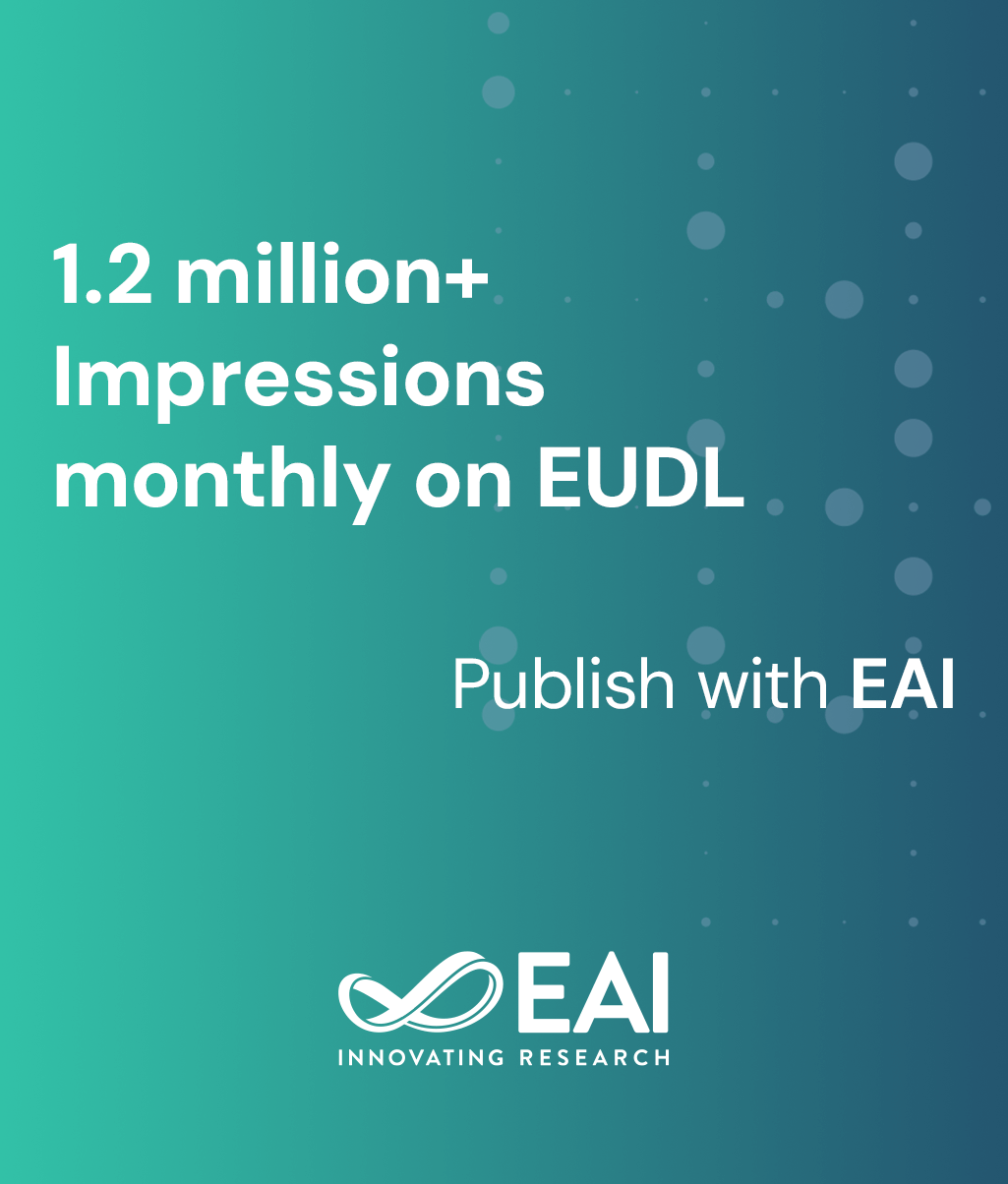
Research Article
IoT Protocols: Connecting Devices in Smart Environments
@ARTICLE{10.4108/eetsis.5665, author={Teeb Hussein Hadi}, title={IoT Protocols: Connecting Devices in Smart Environments}, journal={EAI Endorsed Transactions on Scalable Information Systems}, volume={11}, number={6}, publisher={EAI}, journal_a={SIS}, year={2024}, month={4}, keywords={Communication Efficiency, Energy Consumption, IoT Protocols, RVRR Protocol, Smart Environments}, doi={10.4108/eetsis.5665} }- Teeb Hussein Hadi
Year: 2024
IoT Protocols: Connecting Devices in Smart Environments
SIS
EAI
DOI: 10.4108/eetsis.5665
Abstract
The study delves into the implications of various IoT protocols on communication efficiency and energy consumption within smart environments. The RVRR (routing via respective reducer) protocol emerges as a standout performer, showcasing notable advantages over other conventional protocols. Specifically, the results demonstrate a substantial reduction in communication costs with RVRR, exhibiting improvements of 22.72%, 43.46%, and 49.04% when compared to ILP, SDN-Smart, and R-Drain, respectively. excels in data transmission, achieving commendable reductions in Round-Trip Time (RTT) and enhancing overall energy efficiency. It registers an 18.80% decrease in energy consumption compared to ILP, 28.65% compared to SDN-Smart, and a significant 37% reduction when compared to R-Drain. This suggests that RVRR is adept at optimizing resource usage (routing via respective reducer )and minimizing energy consumption, crucial aspects in the context of IoT applications. The study reveals that RVRR contributes to an extended network lifespan, outperforming other protocols by substantial margins. It showcases a 19.45% improvement over ILP, 39.16% over SDN-Smart, and an impressive 54.60% over R-Drain. This underscores the sustainability and longevity benefits offered by RVRR (routing via respective reducer), making it a promising protocol for efficient and enduring IoT applications within smart environments.
Copyright © 2024 T. H. Hadi et al., licensed to EAI. This is an open access article distributed under the terms of the CC BY-NC-SA 4.0, which permits copying, redistributing, remixing, transformation, and building upon the material in any medium so long as the original work is properly cited.


